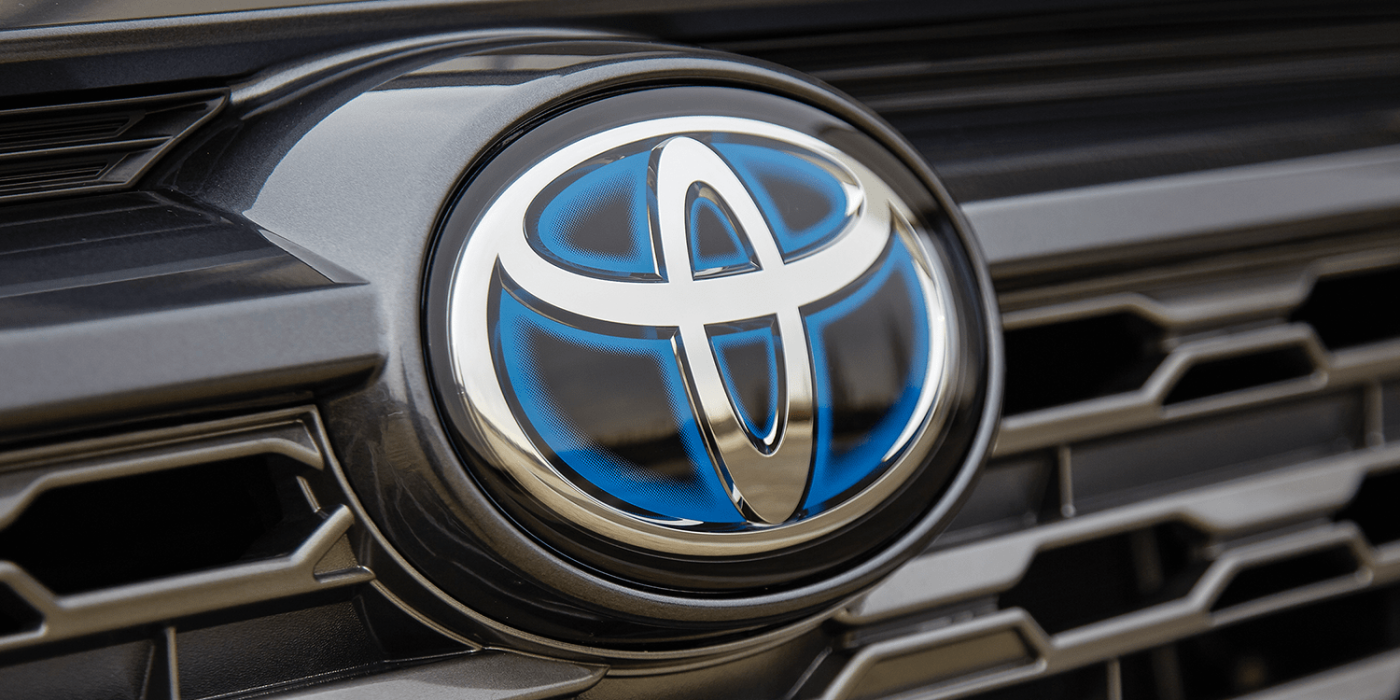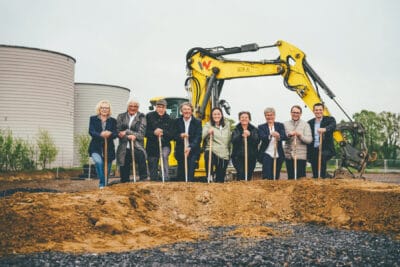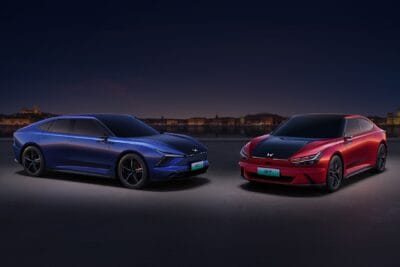Toyota’s flouride ion battery with 1,000 km range
Toyota is working with scientists from the University of Kyoto on a new fluoride ion battery, which should offer about seven times as much energy per unit weight as conventional lithium-ion batteries and could enable electric vehicles to drive 1,000 kilometres on one charge.
As the Japanese business newspaper Nikkei reports, the team has developed the prototype of a corresponding rechargeable battery with a solid electrolyte with an anode made of fluorine, copper and cobalt and a cathode consisting mainly of lanthanum.
With the allegedly seven times higher gravimetric energy density, the energy content of a ready-to-install vehicle battery could be significantly increased for the same installation space. It is still unclear just how far the prototype tested in Kyoto is from series production. Generally speaking, at least with known Lithium-ion batteries until now, it’s not always possible for prototype values to be transferred from laboratory scale to mass production.
The fluoride ion batteries, however, completely dispense with lithium. Such batteries also known as FIBs generate electricity by transporting fluoride ions from one electrode to another through an electrolyte that conducts fluoride ions. The advantage is that several electrons per metal atom can be transferred, which explains the high energy density.
The Japanese company is not alone in their work on fluoride ion batteries. Researchers at the Karlsruhe Institute of Technology or the Helmholtz Institute in Ulm are also developing and testing such cells. In each case, the cells have not yet reached the production stage for a number of different reasons.
FIBs have not yet become established because they only work at high temperatures. The solid electrolyte must be heated sufficiently to make it conductive. The electrodes also expand at high temperatures. This is exactly what the research team from Toyota and Kyoto University now wants to solve with the alloy of cobalt, nickel and copper. Now the material combination is to be optimised so that the battery can be charged and discharged without loss of capacity.
It is not yet clear at which temperatures the prototype cell will be operated. Permanent heating makes the use of such batteries more complicated, and the process requires energy that cannot be used for driving. In 2018, scientists from the Honda Research Institute, researchers from the California Institute of Technology, and NASA’s Jet Propulsion Laboratory developed an FIB cell that could be operated at room temperature. The catch was that the cells only survived seven cycles.
According to the Nikkei report, experts do not believe that FIB cells will come onto the market before 2030 – and refer to the market launch of lithium-ion batteries. These batteries were already developed in 1985 but were not commercially produced until the 1990s.





1 Comment